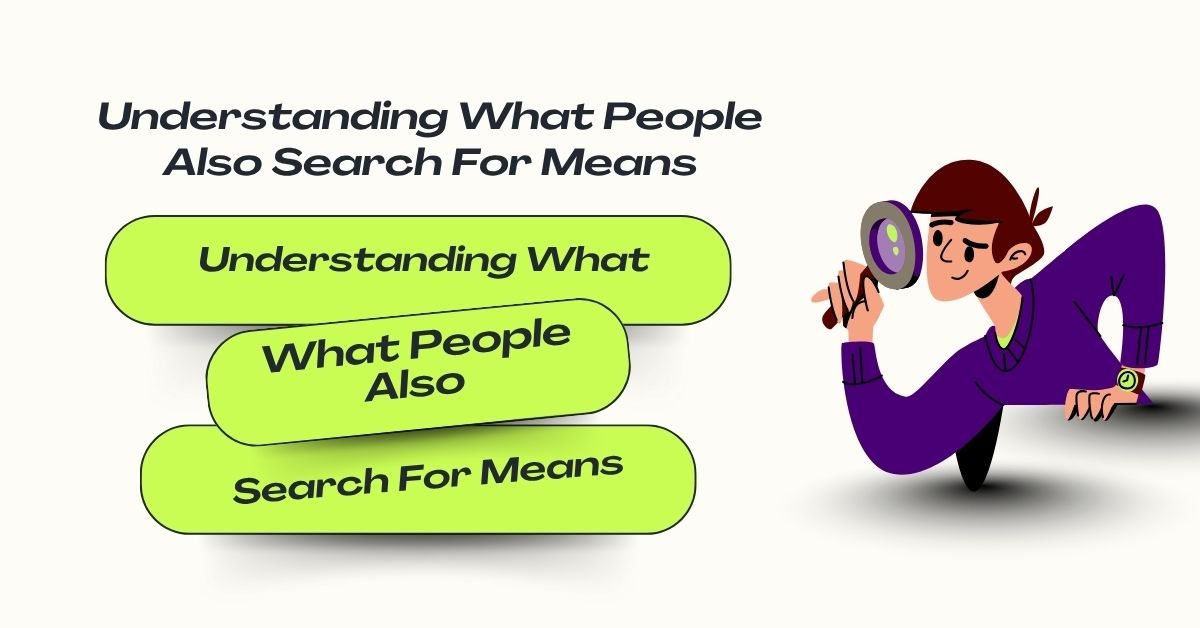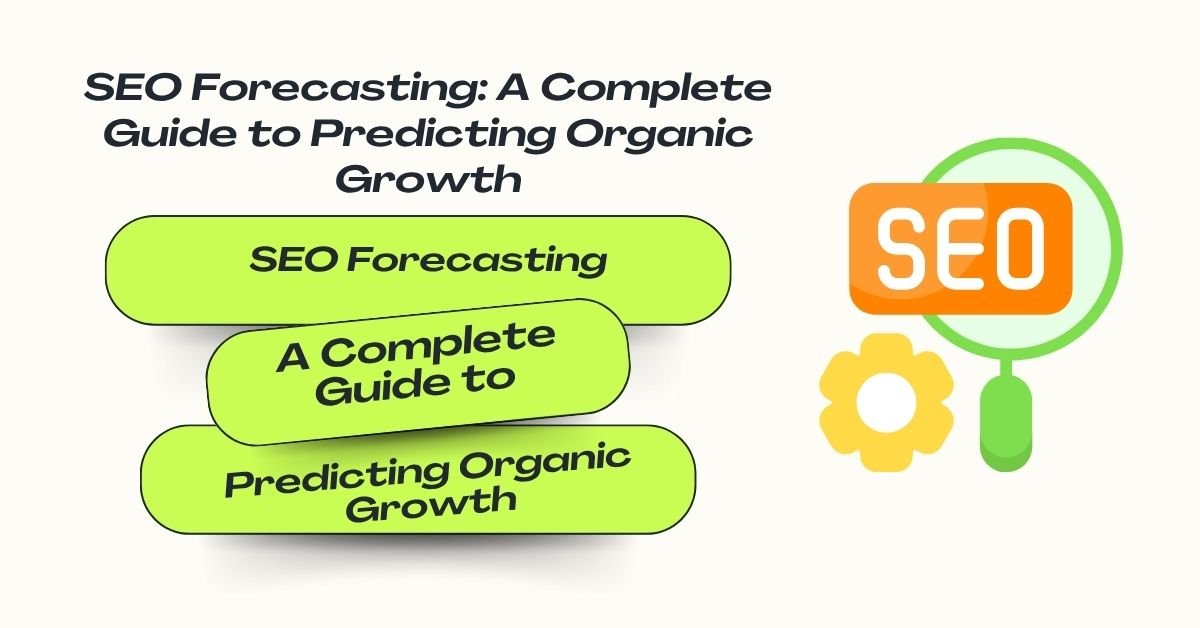
Understanding What People Also Search For Means for Your Business
Understanding what people also search for in business is defined by user behavior and identifying content gaps so you can create more relevant content, reach additional keywords, and improve SEO. By examining these related search terms, your business can better meet user intent, attract more organic traffic, and increase its visibility in search engine results pages (SERPs).
What is people also search for?
People Also Search For (PASF) is a Google SERP feature. It suggests related search queries that users make after their initial search. It usually happens after a user clicks on a search result and then goes back to the search page. PASF improves the search experience by offering different ways to find information or related ideas that the user might not have thought of before.
How People Also Search For Works in SEO?
People Also Search For (PASF) is one of Google’s best features. It shows up when a user clicks on a result, visits a page, and then returns quickly. Google thinks the user didn’t find what they wanted, so it suggests similar keywords that others often search for next.
From an SEO perspective, PASF is very valuable. It’s like Google sharing related keywords and user intent patterns directly from its database. When you look at these suggestions, you learn what people are really searching for after the main query.
Importance of “People Also Search For” in Content Strategy
People Also Search For (PASF) is more than just a search suggestion — it’s a roadmap to understanding what users want next. When used strategically in content writing, it can significantly improve both rankings and engagement.
- Keyword Expansion Opportunities: Instead of relying on a single primary keyword, PASF helps you discover closely related terms that users search immediately after the main query. These suggestions reveal real-world search behaviour, giving you multiple angles to target. By naturally incorporating these variations into your content, you can rank for several long-tail keywords at once.
- Boosting Semantic Relevance for SEO: Google rewards content that covers a topic in-depth. PASF provides semantic keyword connections that help search engines understand your page better. When your content reflects multiple relevant subtopics, Google sees it as more authoritative and contextually complete — increasing chances of ranking higher for broader terms.
- Improving Dwell Time & Engagement: When users find multiple answers within the same page, they stay longer instead of bouncing back to Google. By addressing PASF questions or terms as subheadings, FAQs, or internal links, you keep readers engaged and guide them smoothly through their search journey.
How to Find “People Also Search For” Keywords?
Finding “People Also Search For (PASF) keywords is easier than most people think. The simplest method is to use Google itself. Just search your main keyword, click on any result, then press the back button — instantly, you’ll see the People Also Search For box with real user-driven suggestions. Note them down or take a quick screenshot.
Best Practices to Use PASF in Blog Writing
People Also Search For (PASF) keywords can significantly boost your blog’s visibility when used wisely. Integrate PASF terms naturally in subheadings, FAQs, and internal links to match user intent. This improves content depth, increases topical authority, and helps capture multiple search variations for better ranking and engagement.
- Add Them as Subheadings (H2/H3): Turn PASF queries into headings to increase relevance and capture additional long-tail traffic.
- Naturally Blend Them in Paragraphs: Avoid keyword stuffing—answer PASF questions within your content using conversational language.
- Create FAQ or Quick Tips Section: Compile PASF keywords at the end in a Q&A or bullet format for easy scanning.
- Match Search Intent: If the PASF term is informational, educate; if it’s transactional, suggest tools, products, or guides.
- Use Internal Linking: Link PASF topics to other related articles on your blog to improve user flow and ranking signals.
Conclusion
“People Also Search For” is more than a simple Google suggestion; it provides direct insight into what users want. By understanding what users look for next, you can predict their journey and create content that addresses multiple questions in one place.
Whether you use PASF for keyword expansion, relevance, or engagement, it helps turn basic blogs into thorough resources. Instead of writing for algorithms, PASF encourages you to think like your reader. When your content matches real search behavior, rankings improve naturally. In short, PASF isn’t just an SEO trick; it’s a more innovative way to write.





Add Comment